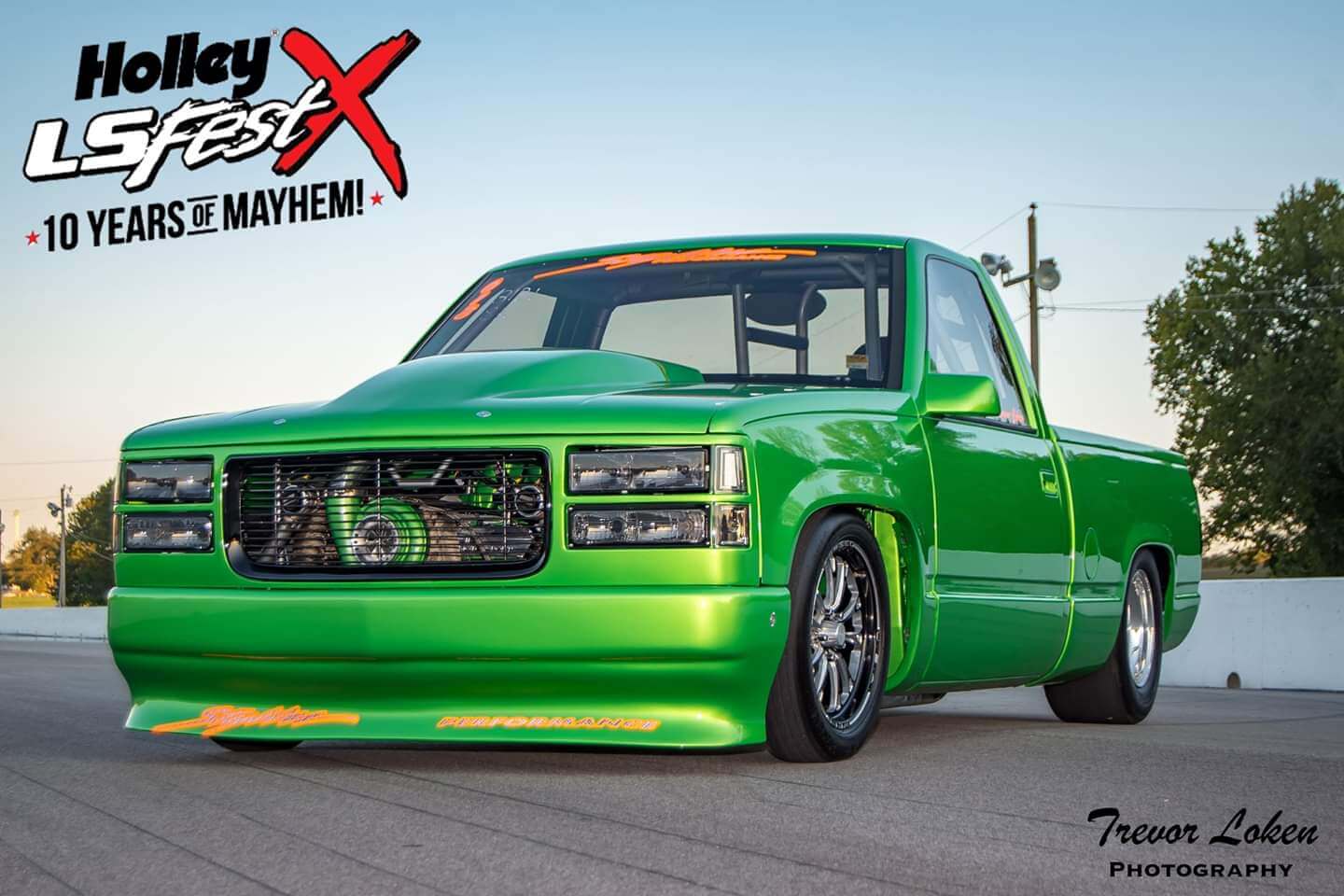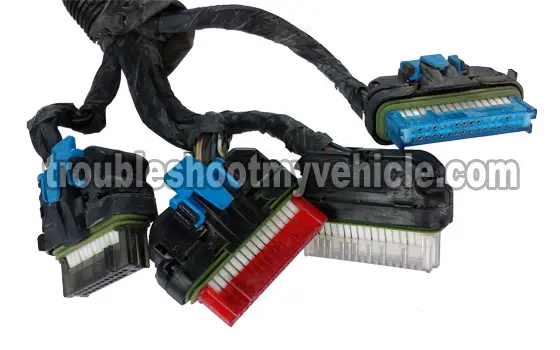

Also, did you have the idle problem before you changed the IAC?Ģ. IAC-did you make sure you removed all the old gasket material/replace the IAC gasket when you changed this? That is a potential vacuum leak. If you can't see the end of the pintle, you've probably found the source of your high idle as the IAC is not fully closing and cannot control your idle.Ĭhanged.iac, tps, rebuilt TBI and new base gasket, pulled the egr and it’s not froze up,ġ. If you stop right here, you should be able to look into the IAC passage on the top of the throttle body and see the end of the IAC pintle as this procedure drives the IAC fully closed. Wait at least 30 seconds.ģ) With the ignition still on, disconnect the IAC electrical connector. This is part of the IAC reset procedure in the link posted above:ġ) With the IAC valve connected, ground the diagnostic (ALDL) terminal (same as you would do to flash trouble codes thru the check engine light).Ģ) Turn ON the ignition, but do NOT start the engine. By removing the IAC you created a huge vacuum leak. The IAC is just a controlled vacuum leak from the top of the throttle body to below the throttle blades. The IAC passage you're trying to plug in that procedure is on the top of the throttle body. Extra air getting in the engine will speed up the idle. If it still idles fast with the IAC passage plugged there is a vacuum leak somewhere. He gave the truck a cosmetic makeover with a cowl-induction hood, an Earl Scheib paint job, a 24-inch suspension drop, and 17-inch aluminum Rally wheels, then added CARB-legal shorty headers, and a performance exhaust system, some TBI modifications, and a chip change from Hypertech, and had the 4L60 rebuilt.“ With the IAC passage completely plugged the engine should barely be able to idle, fully warmed up with all accessories off. Jeff's truck had 204,000 miles on it when he bought it, though it was on its recently installed second engine.

"Blue collar bruisers," as Jeff described them. Each build was slightly different in scope, but both were a budget-oriented makeover with some performance parts. Jeff's build, Jake, appeared in three issues of Car Craft, while Tim's build, Elwood, did so for Chevy High Performance. They dubbed the pair Jake and Elwood, and both proceeded to build them as magazine project vehicles. A former Caltrans truck, Jeff Smith bought it from a government auction actually, he and friend Tim Moore each bought Caltrans trucks one day in 2004. Most of you will recognize this 1993 GMC Sierra C1500 single cab short bed pickup. Personally, I'm happy to comply with tailpipe emissions I like clean air, but I wish California would ease up on the bureaucratic-minded visual inspection restrictions and pedantic engine swap guidelines. You'll also need to prove that the ECM is unmodified and contains the factory programming. Although these engines are definitely cleaner running, with sequential port fuel injection and precise engine management systems, to be CARB-approved, every single component of the donor chassis needs to be in place, from the smallest hose in the EVAP system to the manifolds and catalytic converters, which may or may not fit GMT400's frame.
#1988 c1500 5.7 ecu diagnostic install#
Things aren't any easier for folks looking to install a newer 4.8, 5.3, or any other LS1 variant. With today's aftermarket performance parts, it's entirely possible to build a cleaner running, more powerful, and more fuel-efficient small block Chevy to replace the outdated TBI system and its accompanying electronics.

It's shortsighted for places like California to be so restrictive with what modifications are allowed.


 0 kommentar(er)
0 kommentar(er)
